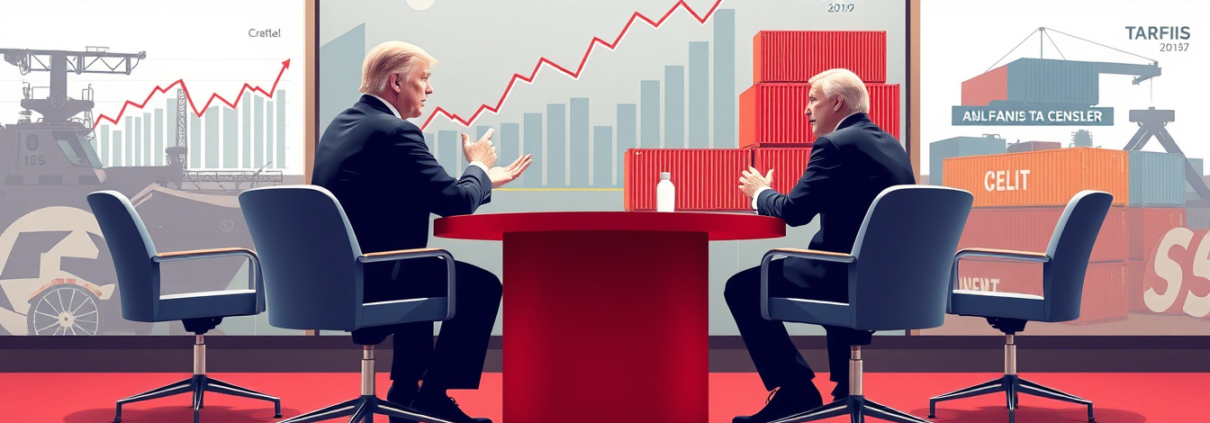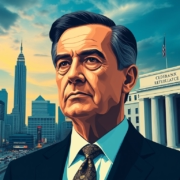Fed Nominees Dispute Tariffs as Inflation Cause, Align with Trump’s Economic Strategy
Fed Board Contenders Miran and Bullard Say Trump’s Tariffs Do Not Drive Inflation
In recent talks, two top economists and leading Fed candidates, Stephen Miran and James Bullard, argued that Trump’s tariffs do not add to inflation. They link their view with Trump’s own claim that tariffs do not push prices higher. This claim has stirred debate among economists and decision makers.
Tariffs and Inflation: Diverging Perspectives
Miran, who serves on the White House Council of Economic Advisers and is picked to finish a short term as a Fed governor, told CNBC that there is “no proof that any tariff raised prices.” He noted that forecasts of harm from tariffs did not come true when the years passed.
Bullard, a former head of the St. Louis Federal Reserve and a likely candidate to take over as Fed Chair, voiced a similar idea. He said that data shows “Trump’s aggressive tariffs have not driven inflation.” Bullard explained that price jumps lately seem to be one-time changes rather than a slow and steady rise.
Fed Policy and Interest Rate Outlook
Each economist skipped a direct vote on future rate moves. Bullard hinted that the FOMC might cut rates again as soon as September 2025. He said the Fed could lower its key rate by one full point within one year. This plan would bring rates near a “neutral” level.
Bullard mentioned that the Fed stopped cutting rates because of uncertain tariff effects. Now, with half a year of new data, he sees the taxes as having small and short-term effects on price levels instead of causing a lasting rise.
Inflation Data and Market Reactions
The discussion followed a report from the Bureau of Labor Statistics. The report noted that the Consumer Price Index (CPI) increased by 2.7% for July 2025. Although this is above the Fed’s goal of 2%, it is lower than what Wall Street expected. This news has sparked new debates on the tariff’s role in price movements.
Federal Reserve Independence Amid Political Pressure
Both Miran and Bullard stressed the need for the Fed to work without outside influence. Their remarks came while tensions grew between Trump and Fed Chair Powell. Trump has often taken aim at the Fed and pressed for strong rate cuts. After the recent CPI report, Trump posted on his social media and demanded a 3 percentage point rate cut. He blamed slow policy moves for the current issues.
Bullard replied in a measured tone, noting, “He has his view. Many have their view.” His words remind us that the Fed needs to consider many points of view.
Context: Fed Leadership Changes on the Horizon
Miran is set to serve out the rest of former Governor Adriana Kugler’s term after her exit. Meanwhile, Bullard is considered among several names to fill the gap when Jerome Powell’s chairmanship ends in May 2026. —
Key Takeaways:
- Miran and Bullard dismiss the idea that tariffs cause ongoing inflation.
- July 2025 data shows a CPI rise of 2.7%, which cools some earlier fears.
- Bullard sees a chance for Fed rate cuts to start by September, to ease borrowing.
- Both stress that the Fed must work free from political pressure.
- A shift in Fed leadership may change the future path of U.S. monetary policy.
As the Fed moves through these changes, the views of candidates like Miran and Bullard will be closely watched for clues to the future direction of U.S. money policy.









